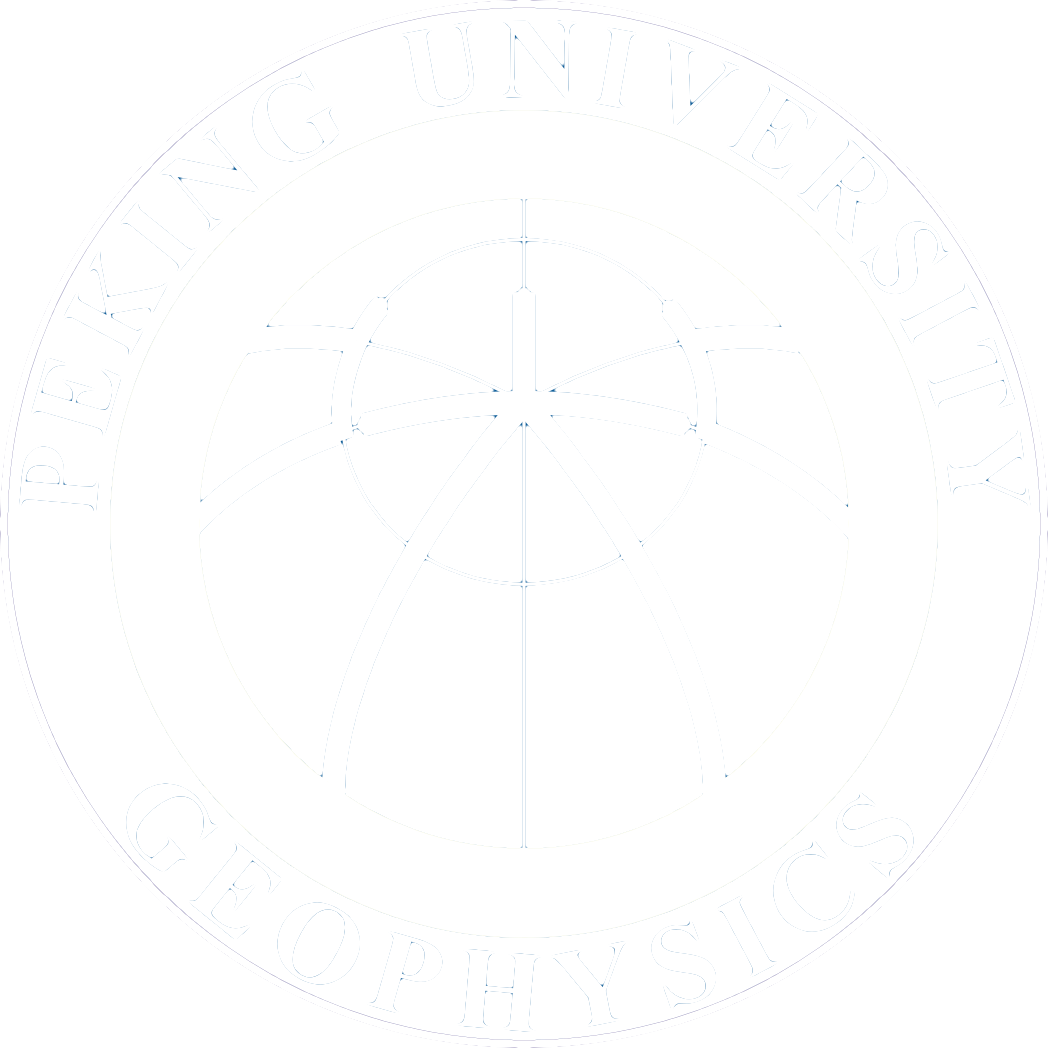2024.09.27 15:00 星期五报告会
谭凤周 博士后
加州大学圣地亚哥分校
2024-09-23


利用人工智能机器视觉进行地震检测和定位
Earthquake detection and location using AI and Computer Vision
谭凤周 博士后
加州大学圣地亚哥分校
2024.09.27(星期五)15:00,理科二号楼2821
摘要:
地震检测和定位是地震学的基本任务。但在地震时空分布极为密集的情况下(如大地震的余震序列中),不同地震的信号在观测台站混杂在一起,使这项工作变得极具挑战。目前很多算法和人工智能(AI)模型能够自动化地处理大量地震波形数据,但在处理复杂地震序列时,其性能仍然有限。在本次报告中,我将介绍一种利用机器视觉技术中的三维图像分割(3D Image Segmentation)来检测和定位震源的新方法,并介绍基于这种方法的地震检测和定位工作流程,即人工智能图像识别引导的源解缠系统(Source Untangler Guided by Artificial intelligence image Recognition, SUGAR)。理论数据和真实数据测试表明,SUGAR能够在近实时情况下比人类专家及其他基于AI和非AI的算法更好地处理复杂地震序列。SUGAR在2016年新西兰凯库拉7.8级地震和2023年土耳其7.8级与7.6级地震双震序列中展示了其卓越的能力,并进一步揭示了主震的断层结构和破裂动力学。
Earthquake detection and location are fundamental yet challenging tasks, especially when events cluster closely in space and time with signals tangling together at observing stations, such as they often do in major aftershock sequences. Though emerging algorithms and artificial intelligence (AI) models have made processing high volumes of seismic data easier, their performance is still limited, especially for complex aftershock sequences. In this presentation, I will introduce a novel approach that utilizes three‐dimensional image segmentation—a computer vision technique—to detect and locate seismic sources, and develop this into a complete workflow, Source Untangler Guided by Artificial intelligence image Recognition (SUGAR). Synthetic and Real data tests show that SUGAR can handle complex, energetic earthquake sequences in near real time better than skillful analysts and other AI and non‐AI based algorithms. SUGAR has been applied to the 2016 M 7.8 Kaikōura, New Zealand, and the 2023 M 7.8 and M 7.6 Turkey earthquake doublet sequences, showcasing its superior capabilities and providing further insights into the fault structures and rupture dynamics of the mainshocks.
报告人简介:
谭凤周现为加州大学圣地亚哥分校博士后。2017年本科毕业于北京大学。2019年和2024年在加拿大维多利亚大学分别获得硕士和博士学位。留学期间获得16项奖学金,并在JGR,GJI,GRL等多个期刊发表8篇论文。主要研究涉及人工智能和震源观测方法,地震和非地震震源的检测和定位,地震破裂过程,诱发地震等。
